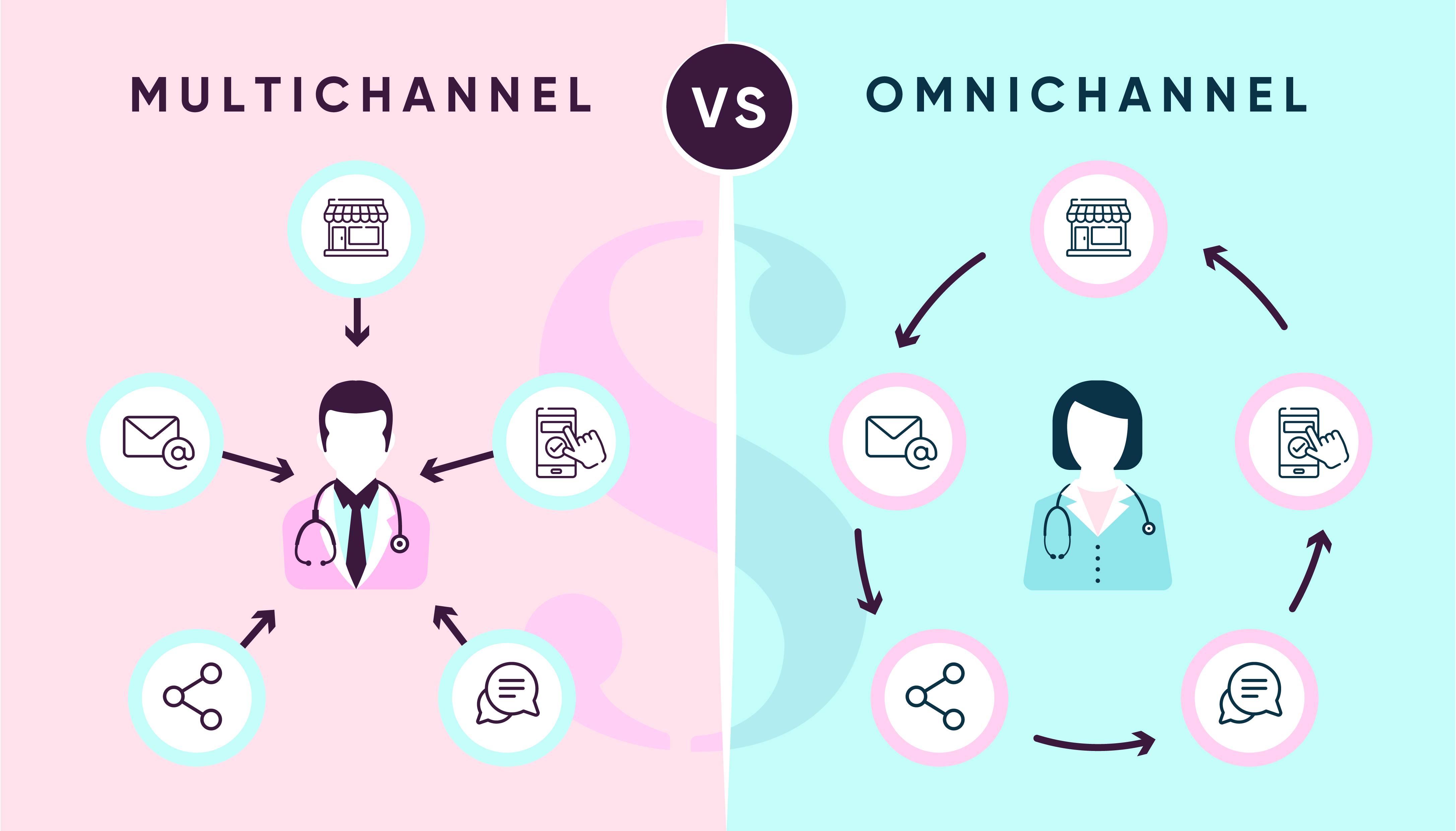Tackling discrepancies in reproductive healthcare
In the UK, Black History Month (BHM) is observed during the month of October.1 The first BHM was established in the US in 1976, and countries such as Canada, France, the Netherlands, and Ireland have their own BHM traditions.2–6 A key objective of BHM in the UK is to recognize the contributions of people of African and Caribbean descent to British society.7 It is also important that we use BHM as an opportunity to look at ways that we can create a fairer society that addresses inequalities that affect marginalized groups. Black Britons have historically faced discrimination in a number of domains including employment, recreational settings,8 and the criminal justice system.9
Another critical area in which Black Britons are often disadvantaged is medicine and healthcare.10 Experiences of Black people with the UK healthcare system are not always identical to each other. This is partially explained by the fact that individual humans have overlapping characteristics that can affect how they’re perceived: a Black man can face different challenges than a Black woman – even though they may both experience racism. The concept of intersectionality refers to how multiple characteristics such as gender, race, sexual orientation, disability, and socioeconomic background can contribute to how individuals are treated within wider social contexts.11 An area where this concept is starting to be studied is the field of reproductive health.
The alarming statistic of Black women being four times more likely to die in pregnancy and childbirth than White women in the UK12 has been cited in several news reports. Maternal healthcare scandals are not new to the UK: Incorrect medical decisions, preventable neonatal deaths, and life-changing injuries were featured in an inquiry that found that in one NHS trust alone, 201 babies and nine mothers may have survived if they had received appropriate care.13 Even when inquiries investigate the causes of suboptimal maternal outcomes, underrepresentation of the experiences of ethnic minorities contributes to a persistent lack of insight in this area.14
This is an important concern to us as a medical communications agency because it is one of our goals to share information that is balanced, accurate, and addresses knowledge gaps where data is lacking.
Adverse maternal outcomes for Black women have been linked to a lack of physical and psychological safety and feeling ignored or dismissed by healthcare professionals.15 Difficulties accessing adequate care can begin even before pregnancy. There is a discrepancy between successful outcomes for Black women receiving fertility treatment and the birth rates of women from other ethnic backgrounds.16 The Human Fertility and Embryology Authority (HEFA) in the UK published a report stating that Black patients aged 30–34 who receive fertility treatment have an average birth rate of 23%, compared to 30% for Mixed and White patients.16
On average, Black women are more likely to start fertility treatment at a later age than their White counterparts.17 Not receiving timely fertility care can negatively affect outcomes: it has been documented that per-cycle pregnancy rates with ovulation-inducing medication can be lower for women who are older than 38.18 It is also important to acknowledge that the National Institute for Health and Care Excellence (NICE) guidelines state that (in addition to satisfying other requirements) women aged between 40 and 42 should be offered one cycle of in-vitro fertilization (IVF) on the NHS. Comparatively, women younger than 40 may be offered up to three cycles on the NHS.19 If Black women are less likely to seek treatment for infertility until they are older, the barriers to success may not only be health-related but also socioeconomic. A report on 70 fertility clinics in the UK found that the price of one cycle of IVF ranged from £2,650 to £4,195.20 Fertility-preserving methods such as egg freezing are not typically covered by the NHS unless the patient is undergoing treatment for another condition that could affect their fertility.21 Cost-related barriers in this arena are concerning, given that this creates a dynamic where underprivileged people are not afforded the same opportunities for family planning and managing their reproductive health.
BHM is an opportunity to intensify efforts to level the playing field and ensure that Black women are equipped with knowledge that will help them make informed decisions that suit their goals in this therapy area. Addressing mistrust and communication issues with healthcare providers will play a pivotal role in instilling confidence in Black women, who deserve an equal chance to build the families they desire.
References:
- Black History Month: What is it and why does it matter? Available from: https://www.bbc.co.uk/news/explainers-54522248. Last accessed September 2023.
- Provenzano E. Bordeaux: Lancement du premier Black History Month en France! Available from: https://www.20minutes.fr/bordeaux/2213947-20180202-bordeaux-lancement-premier-black-history-month-france. Last accessed October 2023.
- Boatner K. Black History Month. Available from: https://kids.nationalgeographic.com/history/article/black-history-month. Last accessed October 2023.
- About Black History Month in Ireland. Available from: https://blackhistorymonth.ie. Last accessed October 2023.
- RTÉ. What is Black History Month? A new RTÉ series delves in. Available from: https://www.rte.ie/lifestyle/living/2021/1001/1250108-what-is-black-history-month-a-new-rte-series-delves-in/. Last accessed October 2023.
- Ulysse E. La Guadeloupe associée au 5ème "Black History Month" dédié cette année à Joséphine Baker. Available from: https://outremers360.com/bassin-atlantique-appli/la-guadeloupe-associee-au-5eme-black-history-month-dedie-cette-annee-a-josephine-baker. Last accessed October 2023.
- Luc K. Understanding and celebrating UK Black History Month. Available from: https://www.cultureamp.com/blog/uk-black-history-month. Last accessed October 2023.
- Sutton E. Age UK, Black History Month: 6 inspirational figures. Available from: https://www.ageuk.org.uk/discover/2020/10/black-history-month-inspirational-figures/. Last accessed October 2023.
- Systemic racism within UK criminal justice system a serious concern: UN human rights experts. Available from: https://news.un.org/en/story/2023/01/1132912. Last accessed October 2023.
- Lacobucci G. Most black people in UK face discrimination from healthcare staff, survey finds. BMJ. 2022:o2337.
- Center for Intersectional Justice. What is Intersectionality. Available from: https://www.intersectionaljustice.org/what-is-intersectionality. Last accessed October 2023.
- Anderson S. Wellcome Collection: What Black women do when the NHS fails them. Available from: https://wellcomecollection.org/articles/ZC08nxQAAOAiVsbl. Last accessed October 2023.
- Gregory A. The Guardian: Baby deaths inquiry points to issues across England’s maternity services. Available from: https://www.theguardian.com/society/2022/mar/30/baby-deaths-inquiry-reveals-issues-across-englands-maternity-services. Last accessed October 2023.
- Thomas R. Independent: Inquiry into major UK maternity scandal slams NHS for failure to consult Black and Asian families. Available from: https://www.independent.co.uk/news/health/nottingham-maternity-inquiry-nhs-risk-b2340562.html. Last accessed October 2023.
- Banfield-Nwachi M. The Guardian: Conference highlights racial disparity in UK maternal healthcare. Available from: https://www.theguardian.com/society/2023/mar/20/conference-highlights-racial-disparity-in-uk-maternal-healthcare. Last accessed October 2023.
- Moss R. HuffPost: Black women have the lowest chances of successful IVF. Available from: https://www.huffingtonpost.co.uk/entry/black-women-have-the-lowest-chances-of-successful-ivf_uk_6058ba0cc5b6cebf58d0601e. Last accessed October 2023.
- Hussain F. All About Fertility: Ethnic disparities in fertility treatment outcomes in the UK. Available from: https://all-about-fertility.com/ethnic-disparities-in-fertility-treatment-outcomes-in-the-u-k/. Last accessed October 2023.
- Carson S, Kallen A. Diagnosis and management of infertility: a review. JAMA. 2021; 326(1):65–76.
- IVF Availability. Available from: https://www.nhs.uk/conditions/ivf/availability/. Last accessed October 2023.
- The Duff. The cost of private IVF in the UK: how much is it? Available from: https://theduff.co.uk/private-ivf-cost-uk/. Last accessed October 2023.
- Fertility Network. Available from: https://fertilitynetworkuk.org/access-support/nhs-funding/funding-faqs. Last accessed October 2023














